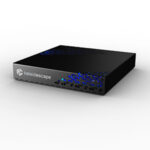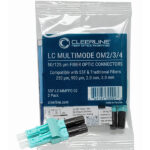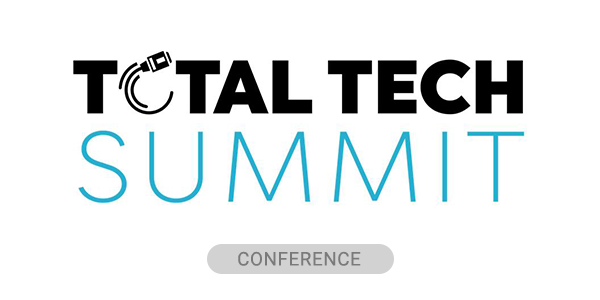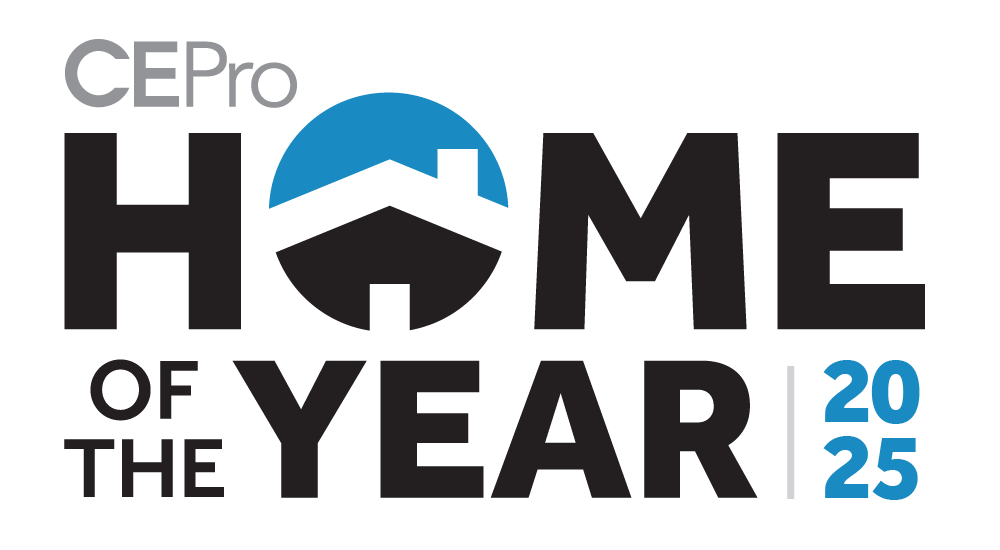The FBI has issued a public warning about the rise of cybercriminal activity leveraging compromised IoT devices in connected homes in a development that could carry implications for the professional smart home industry. The alert, issued on June 5, outlines the resurgence of a botnet known as BADBOX 2.0, a malware campaign that the FBI says is affecting “millions” of Internet-connected devices. The announcement follows earlier disruptions to the original BADBOX network in 2024, but the new iteration is even more insidious, targeting a broader range of hardware and exploiting consumer devices pre- or post-purchase, officials say.
What Integrators Need to Know About BADBOX 2.0 Botnet
According to the FBI, compromised devices include streaming boxes, digital projectors, infotainment systems, and digital picture frames. Most of the affected products were manufactured in China and either shipped with malware already installed or were infected when end-users downloaded apps containing backdoors during setup.
Once online, these devices become part of a botnet or are used as residential proxies, enabling cybercriminals to route malicious activity through unsuspecting homeowners’ networks. If users aren’t monitoring their network traffic or the performance of their network or devices, they may not even notice anything unusual.
Key Indicators and Risks for Connected Networks
For integrators, several red flags should prompt further scrutiny of the cybersecurity of IoT devices:
- Devices from unrecognizable or generic brands, especially those marketed as “unlocked” or “free content” capable.
- Android devices that require disabling Google Play Protect.
- Atypical Internet traffic patterns or unexplained activity on the network.
- Use of third-party app marketplaces during system setup.
These are all indicators of potential compromises and can result in the client’s network becoming an access point for broader cybercrime activity such as the Badbox 2.0 botnet.
Potential Impact on Smart Home Security and Brand Trust
Related News: Professionally Installed vs. ISP Home Networks: What My Outage Taught Me About Their Value
Professional installers often serve as trusted advisors on product selection and system security. The FBI alert underscores the risks of incorporating or allowing unvetted devices into residential networks, especially in projects where system integrity is a top priority such as luxury estates, remote workspaces, or systems that handle sensitive data.
Integrators working with high-end or security-conscious clients should take this opportunity to emphasize the value of:
- Device vetting: Only sourcing certified and well-supported hardware from reputable vendors.
- Education: Advising clients against adding consumer-grade “smart” devices that lack cybersecurity certifications or originate from unknown brands.
- Ongoing monitoring: Offering managed service plans that include traffic anomaly detection and proactive security updates.
While many of the devices implicated in attacks like the BadBox 2.0 botnet are from obscure off-brand manufacturers that integrators would typically never consider selling, it’s important to be aware of issues like this, especially as the industry’s supply chains are being disrupted due to tariffs and other geopolitical and economic factors.
Integrators may be forced to source devices from new or unknown vendors, so vetting the security of devices from unknown manufacturers may now be one of the most important checks when researching new vendors.
Steps to Secure the Smart Home Against BADBOX 2.0 and Other Botnets
The FBI’s recommended best practices largely echo cybersecurity fundamentals but are especially important in the custom installation channel:
- Monitor network activity across all connected devices.
- Update software, firmware, and operating systems regularly.
- Avoid using unofficial app stores or sideloaded software.
- Be wary of too-good-to-be-true streaming solutions.
With integrators increasingly providing networking services alongside AV and control system installations, the smart home industry must acknowledge the growing overlap between residential convenience and enterprise-level security threats.
For detailed mitigation guidance and to report suspicious device activity, visit the FBI’s Internet Crime Complaint Center at www.ic3.gov.
Keep Reading:
Here’s our best practices for smart home cybersecurity
Or see what smart home devices are most commonly exploited for cyberattacks















